4 Movements To Test Your Squat
We’ve covered the foundations of the squat and how to improve overall squat mobility. You can brush up on that here. After you've had a chance to go over the basics it's time to to dive into more unique ways to improve your squat from all angles.
It is time to test some odd object, or fun and different squat variations that will test your strength, coordination, and stability.
Each movement will also have scales and tips for beginners.
*Reminder to not perform these exercises if they cause pain or discomfort.
Sandbag Shoulder Squat
To start off tough, the sandbag shoulder squat gives you a variation on the traditional squat while incorporating odd object practice.
The sandbag-to-shoulder squat is a test of stability and strength.
How to perform:
The sandbag will begin on the ground and require the athlete to do a sandbag clean-to-shoulder motion. Once the sandbag has reached the shoulder, the athlete will need to stabilize the bag to a comfortable position on the shoulder, find their footing, and begin the squat while maintaining a solid bottom position in the squat and not letting the sandbag drop from their shoulder.
Tips:
Begin light. This movement will get challenging early and it is best to use lighter sandbags while you get adjusted to the movement, and then build in weight as you get more comfortable.
Reminders:
Switch shoulders the sandbag weight is placed on to better distribute weight and utilize both sides of your body for the movement.
Scales:
You can perform this squat to a box for added assistance.
Double Kettlebell Cossack Squat
This squat variation allows for you to work on your core strength while also incorporating lateral range of motion. A standard cossack squat involves lateral, or side, squats where you alternate your body weight between each leg.
Now you can add different variations to a standard cossack squat. One variation is add two kettlebells and placing them in the front rack position.
How to Perform:
First practice your cossack squat to get you comfortable will the lateral squat movement. Next, you will grab a set of kettlebells and place them onto your shoulders. Keeping elbows up and keep your torso upright. Once you’ve settled the kettlebells on your shoulders you can begin the cossack squat.
Tips:
Pick a weight that will challenge you, but nothing that will cause the weight to slide off of your shoulders.
Reminders:
Start light and do eac squat perfectly before progressing in weight.
Scales:
Take the weight away and work on your cossack squat strength.
Barbell Zercher Squat
The zercher squat helps build upper back strength, thoracic spine integrity, and increase quadriceps and glute development.
How to perform:
Placing an empty bar about elbow height in the rig, you will set your arms under the bar and have it resting in your elbow crease. Stepping away from the rig with the bar in your elbow crease, with palms facing upward, you will set your feet and core and then squat as you normally would.
Tips:
Your back must stay upright and arms stay bent to keep the bar from falling forward and rolling out from your arms.
Reminders:
To help with keeping the bar in place, you can squeeze your hands together for added assistance. This is a tougher exercise to add load, stay consistent and do not feel that you have to add a ton of weight right away.
Scales:
Scale this movement down by performing with an empty bar and add weight as you feel comfortable with the squat. You can also squat to a box or medicine ball for added assistance.
Pistol Squat
One of the squat variations on this list where you do not need any equipment to peform!
How to Perform:
Pistol squat is the single leg supported squat. Set yourself up for a standard squat. Find the balance through the leg that is performing the squat, weight evenly distributed across your foot and begin to lower your body weight while keeping the opposite leg from touching the ground. Some athletes with grab their opposite foot to prevent it from hitting the ground before they lockout the squat.
Reminder:
Push your knees out. Mimic a standard squat and remember those ques. Core engaged, knees pushed out, and torso upright.
Tips and Scales for the pistol squat:
Practice pistols by doing them to a box or chair. This will help you stengthen your legs and single leg stability. Do not let the non-squatting leg touch the ground before you lock out the squatting leg. The goal is to support your body weight with one leg. You can also perform this with a band placed low on a rig that will support your bodyweight, similar to doing a banded pull-up.
Another scale for full range of motion for the pistol. Peform the squat while holding onto a sturdy and stable object, such as a rig. Perform the pistol as normal while holding on the rig for added support.
Adding weight
For an added challange, grab a kettlebell and perform the pistol while holding onto the weight and perform a goblet pistol squat.
Happy Squatting!

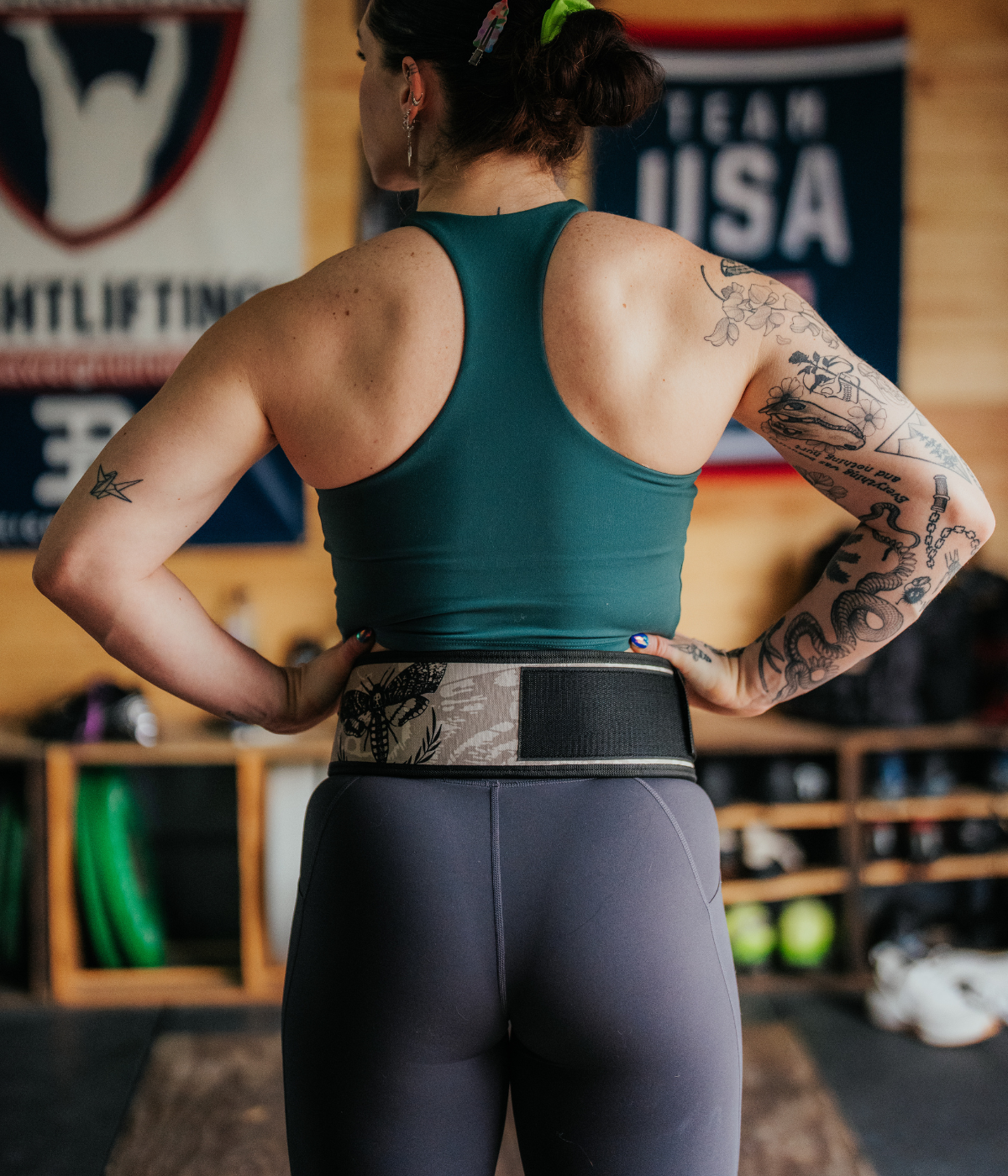
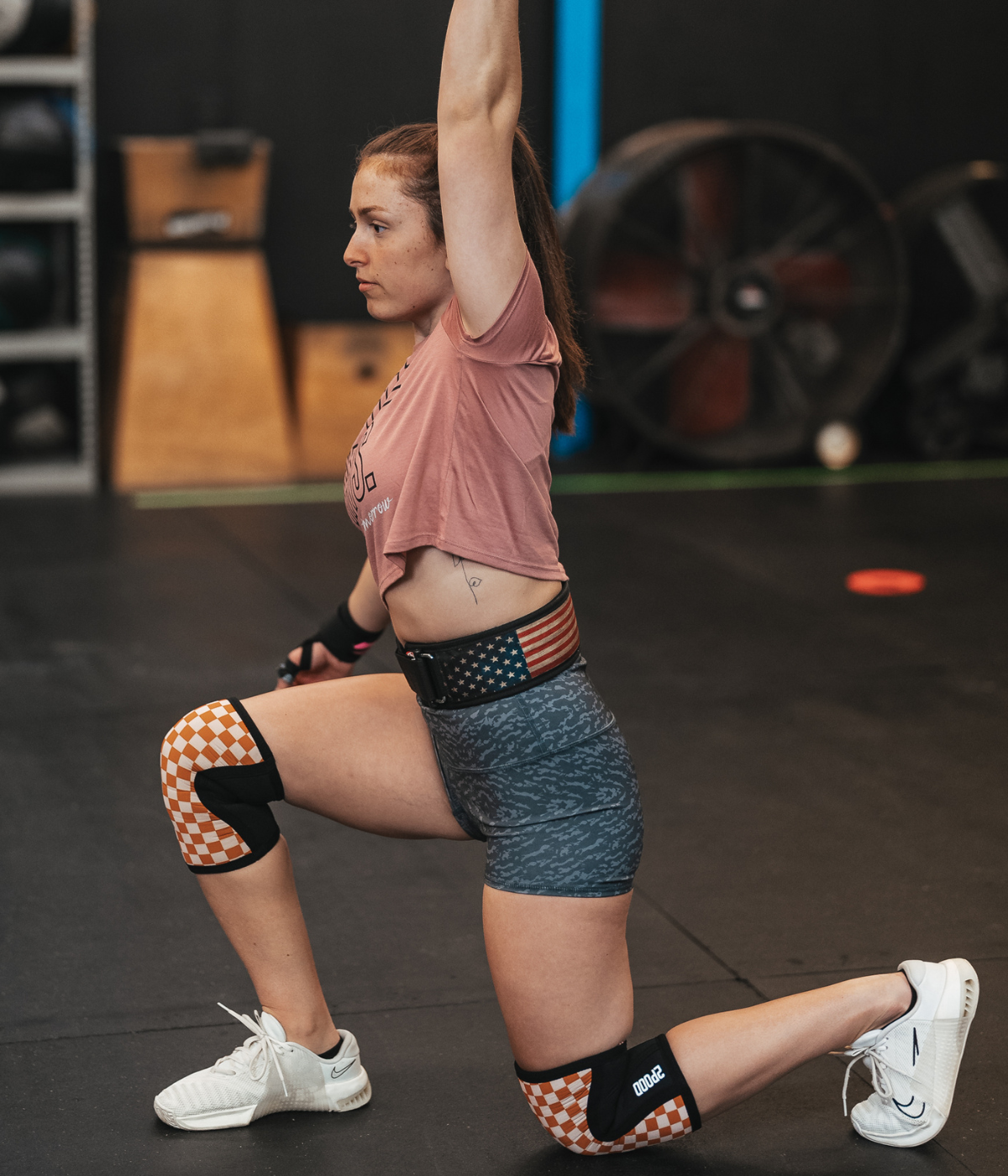
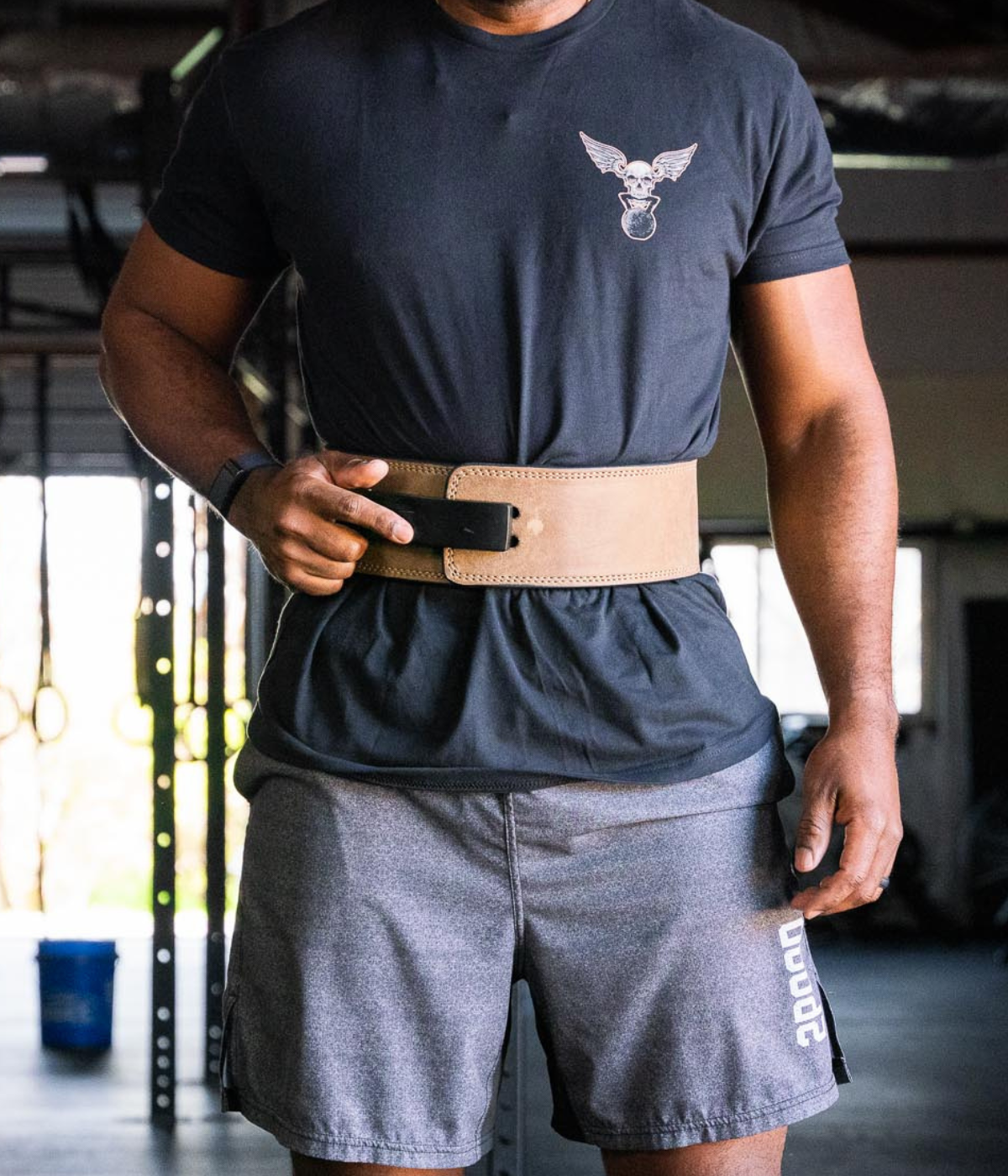
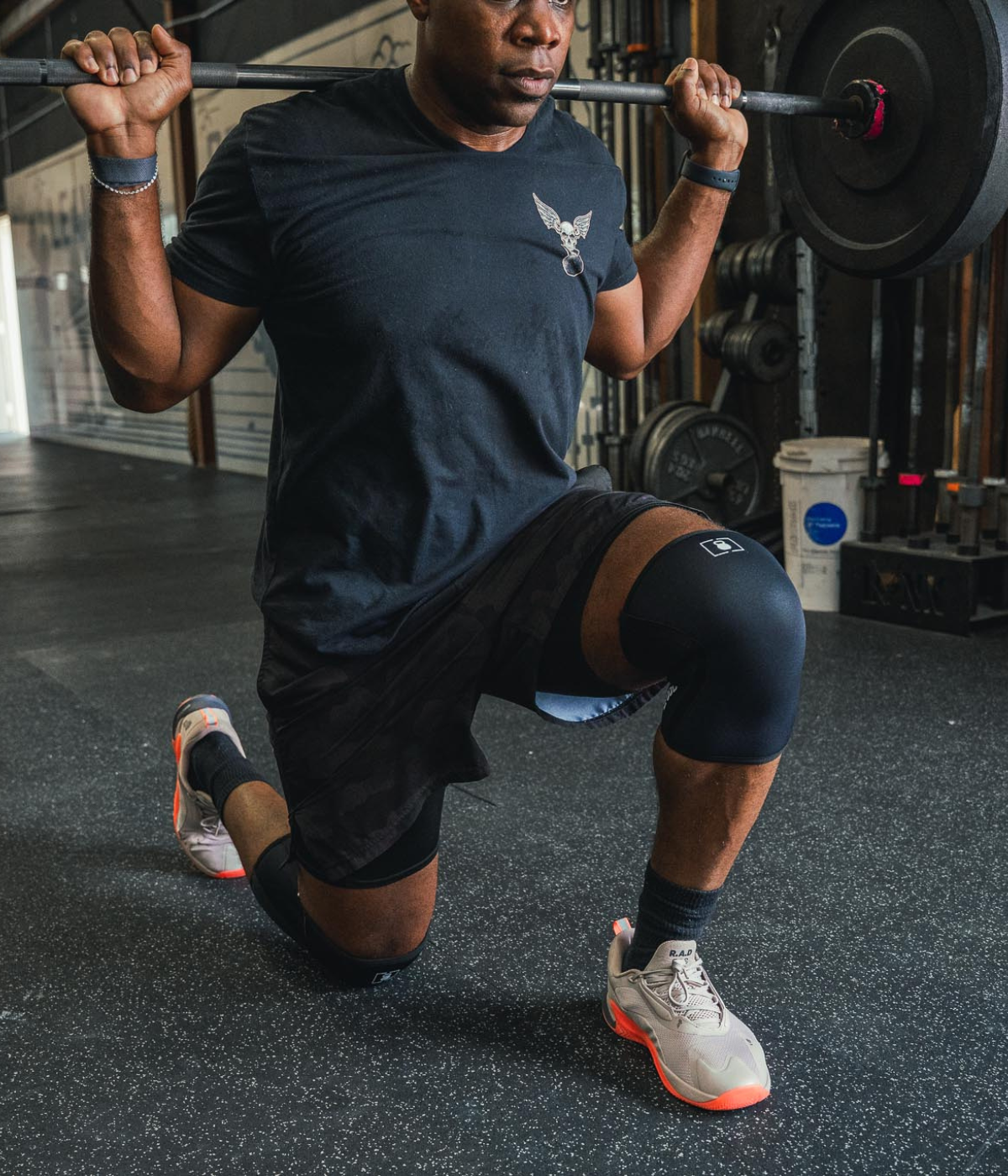
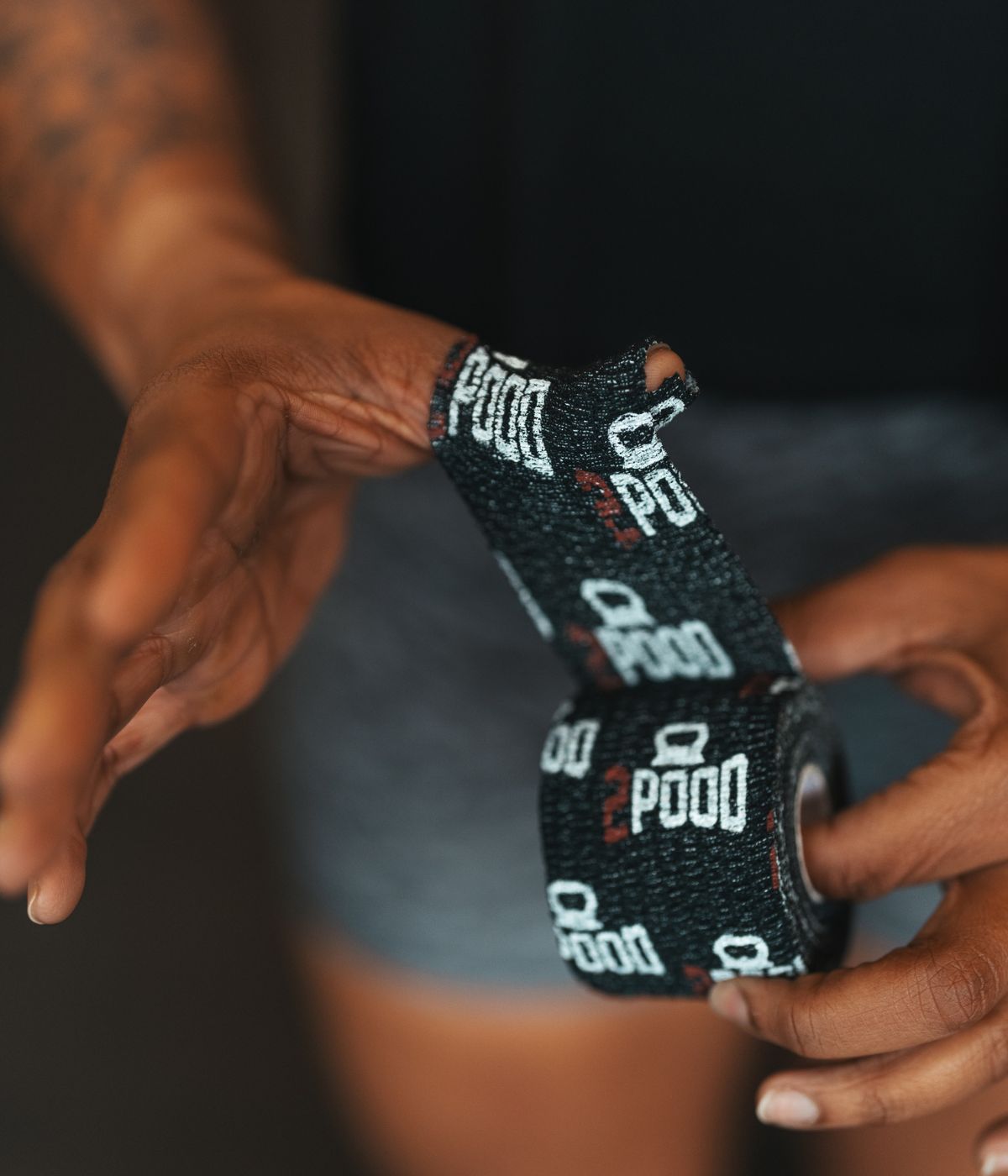
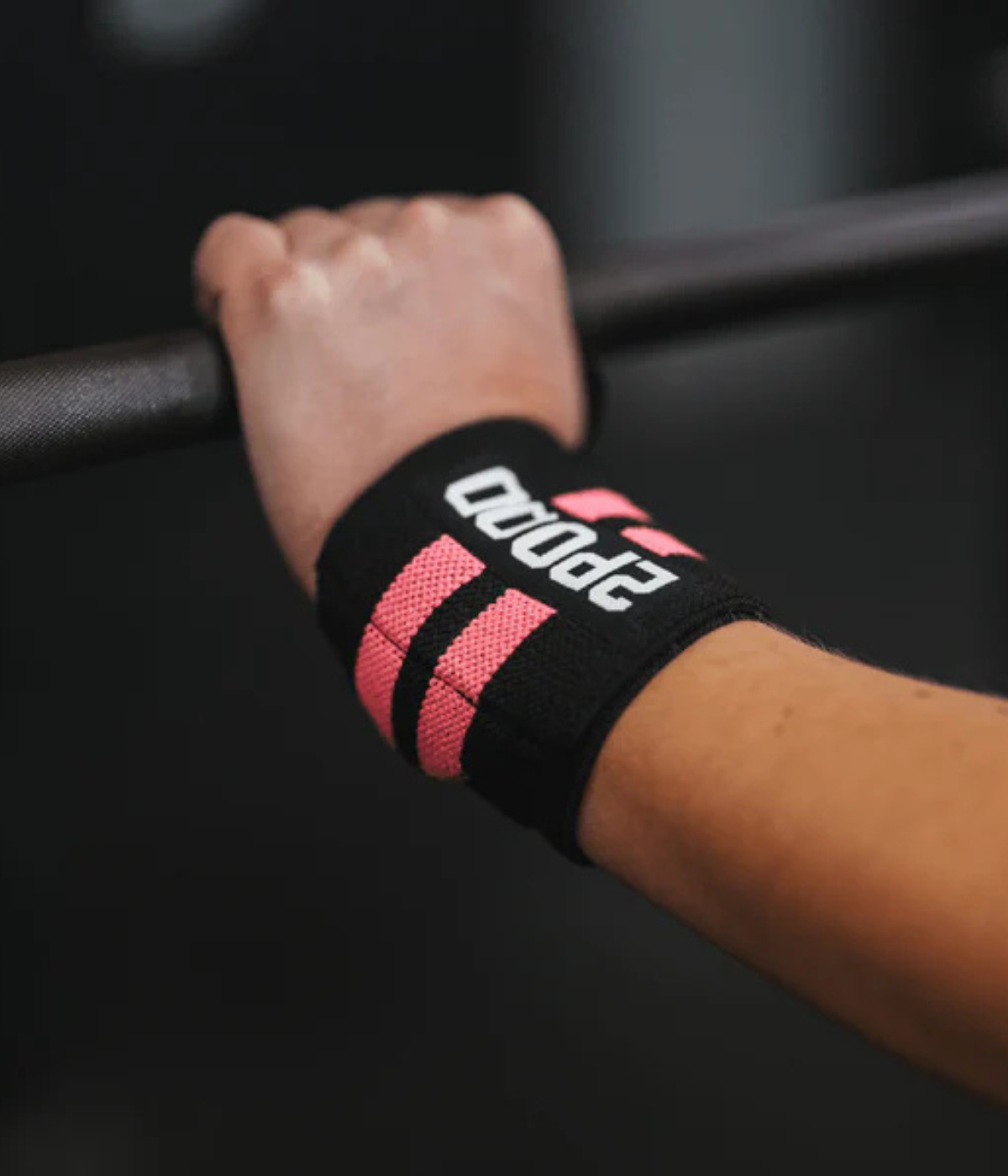
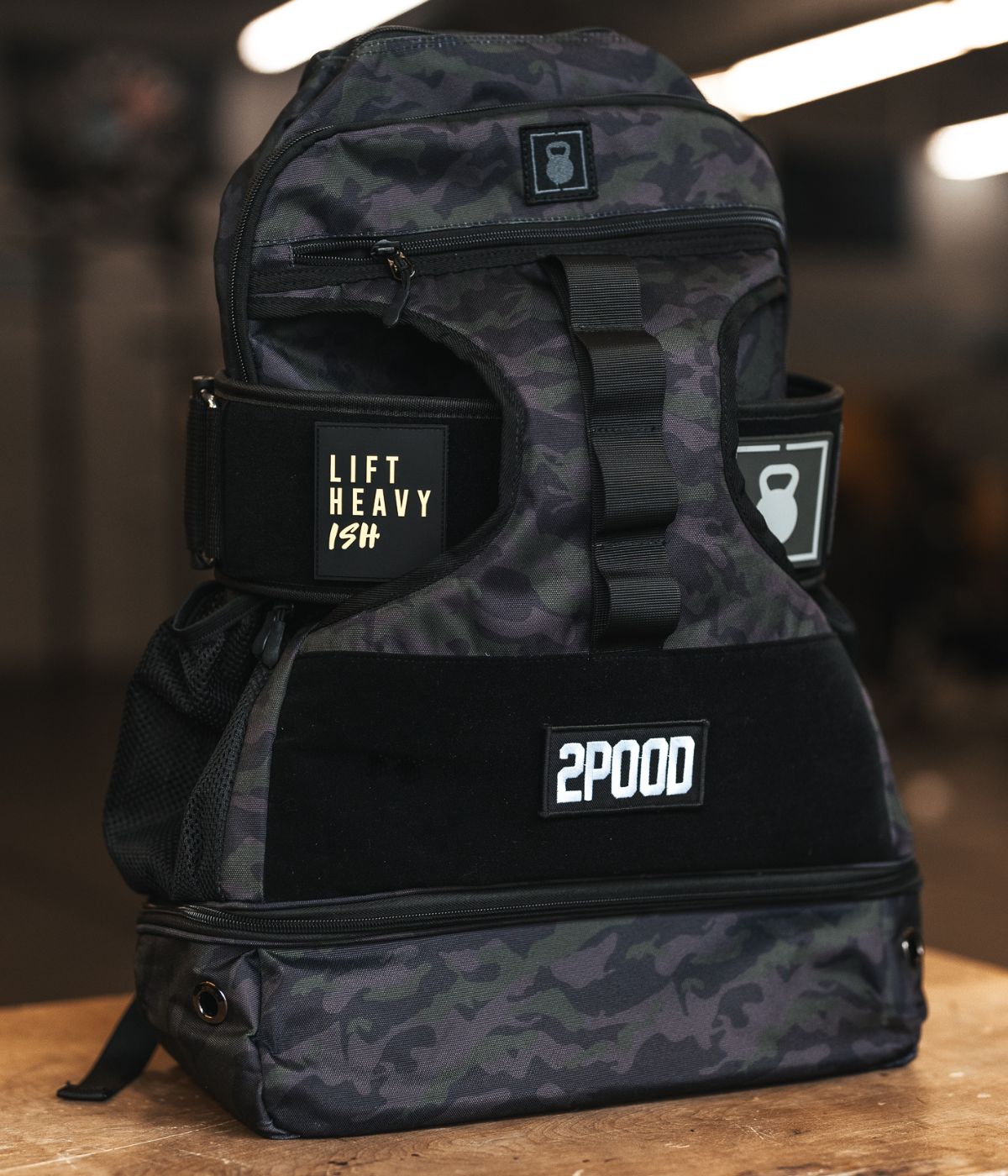
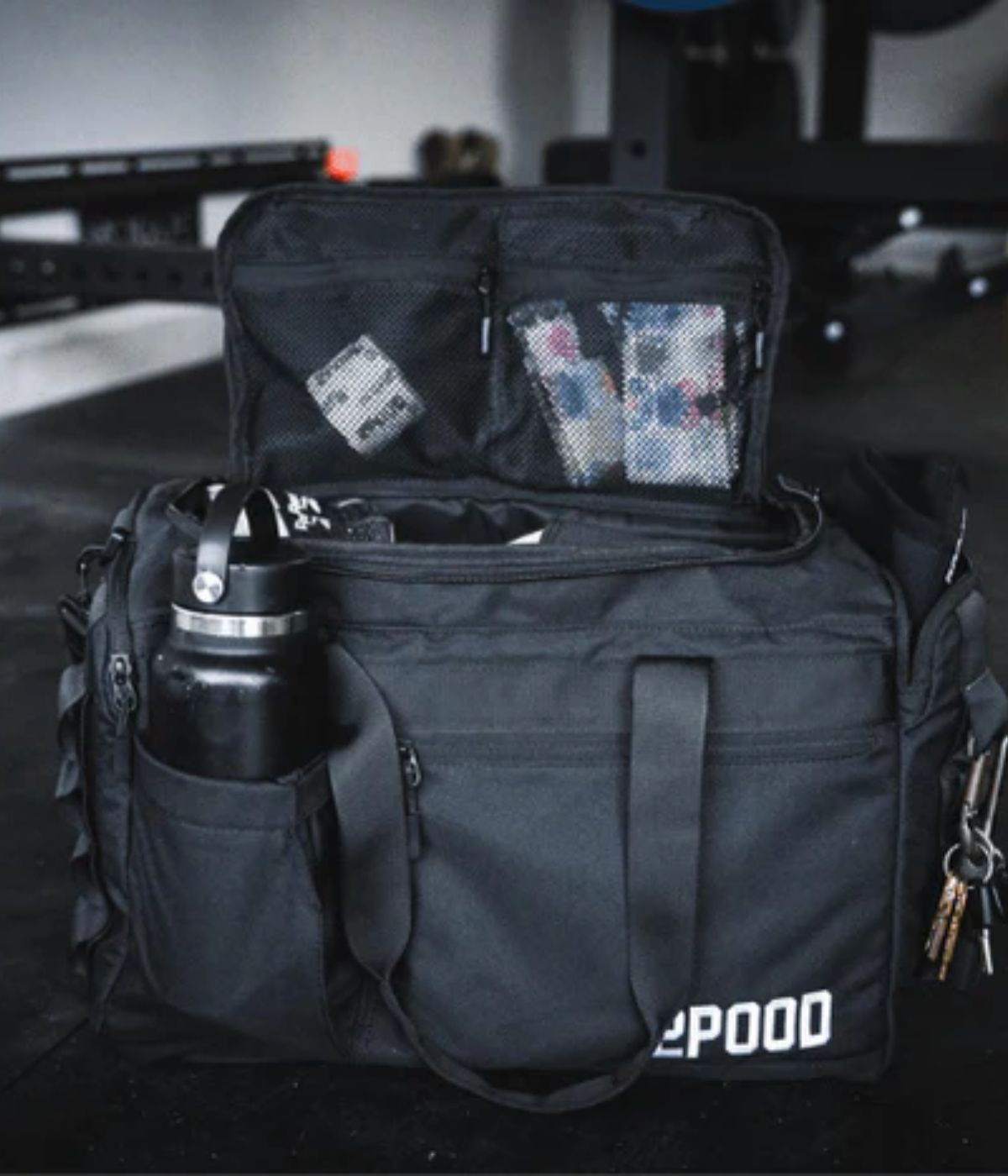
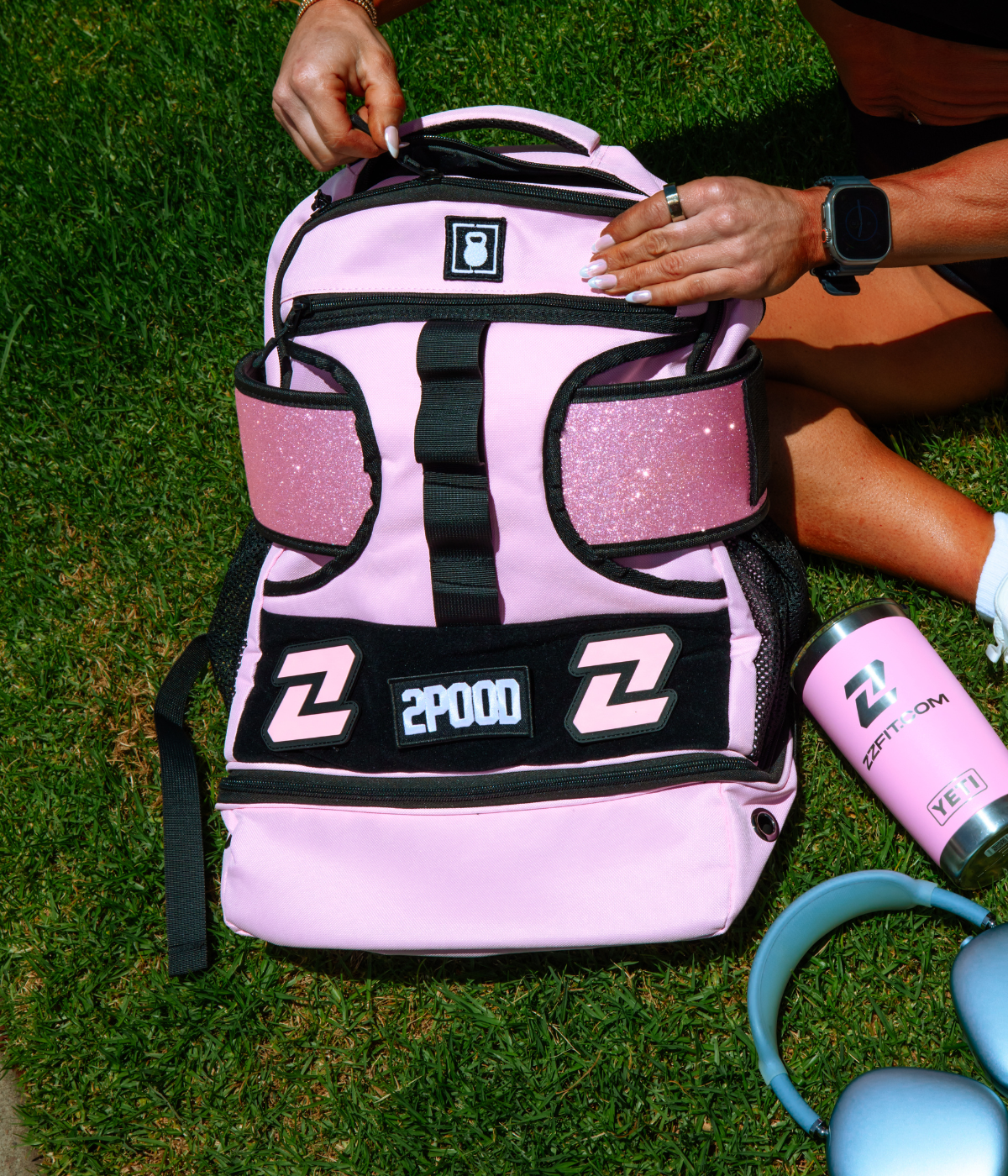
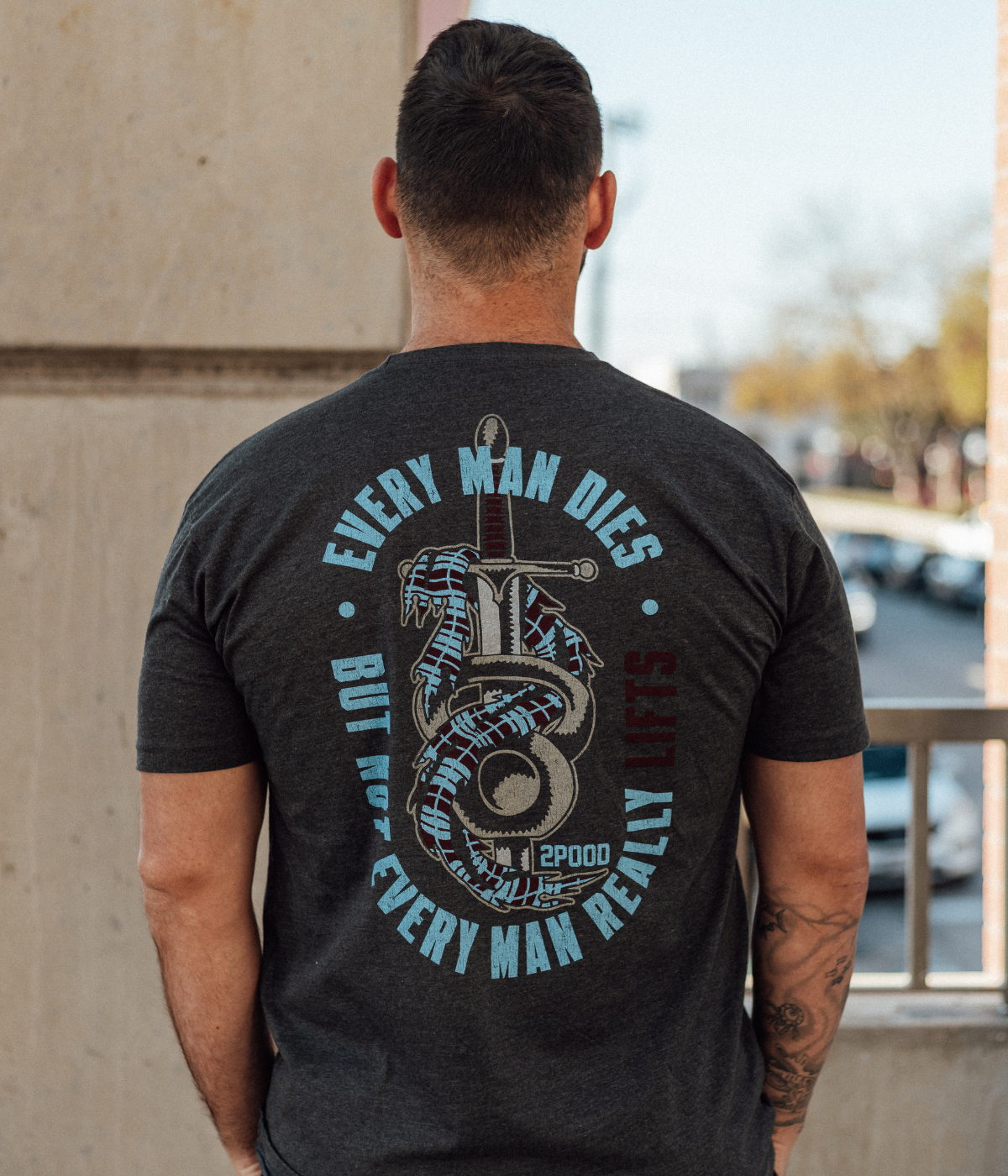
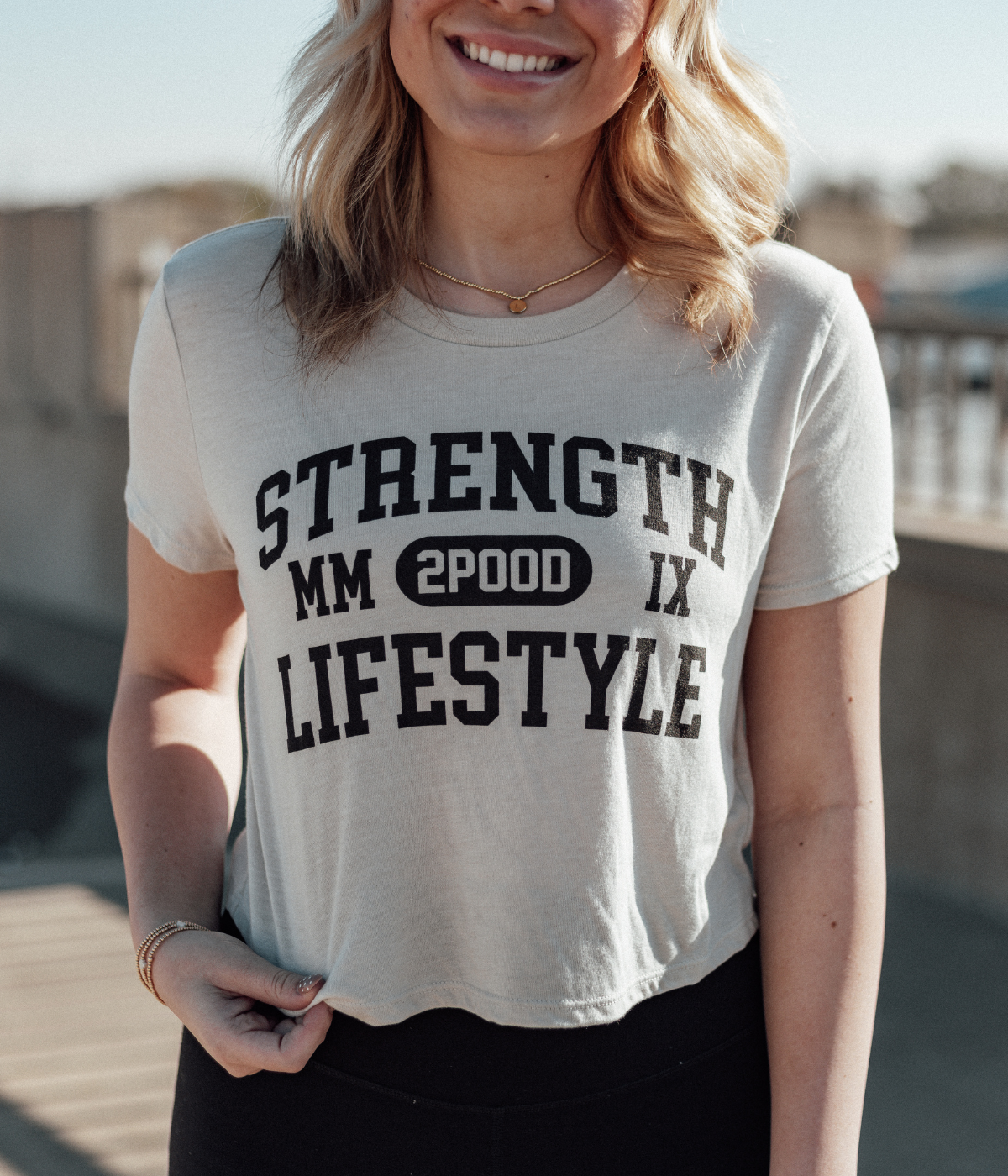
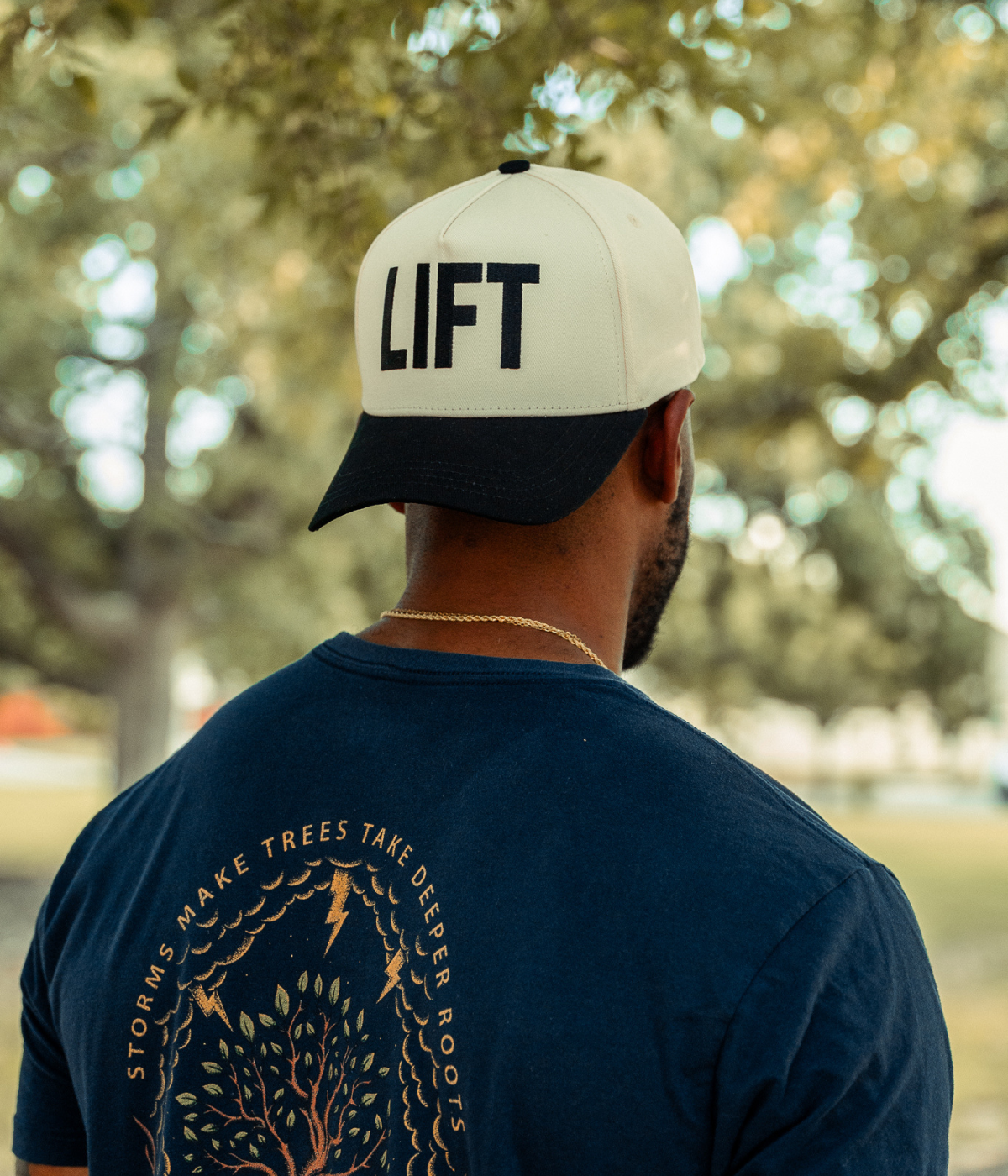
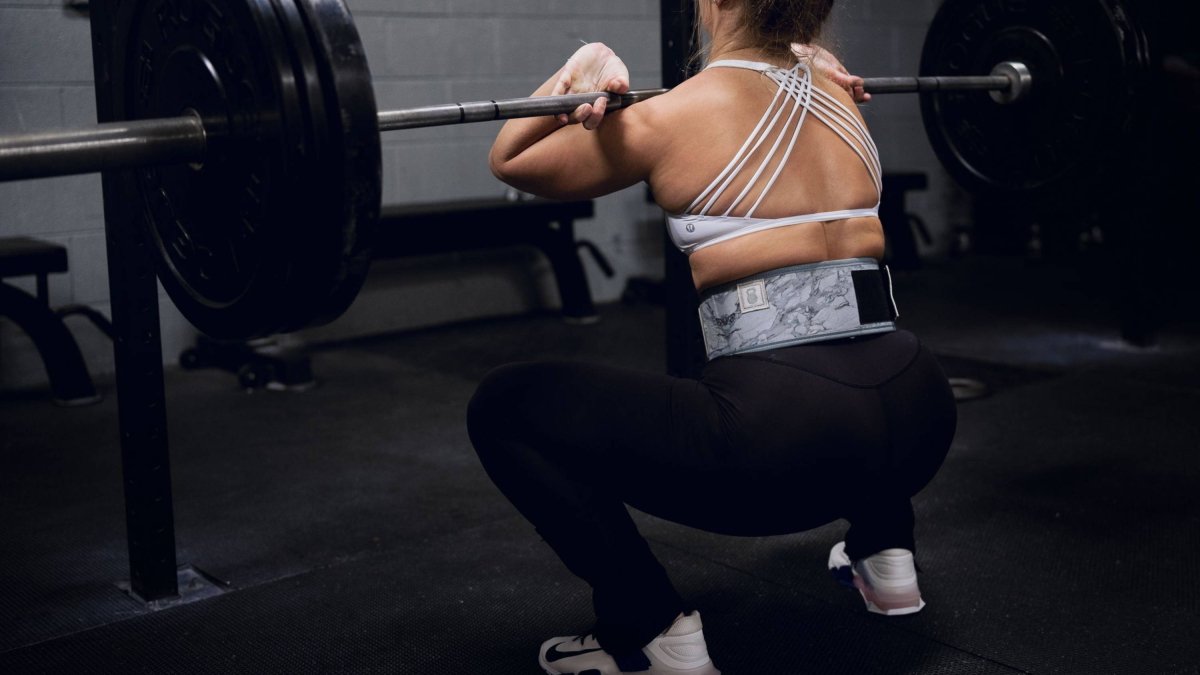
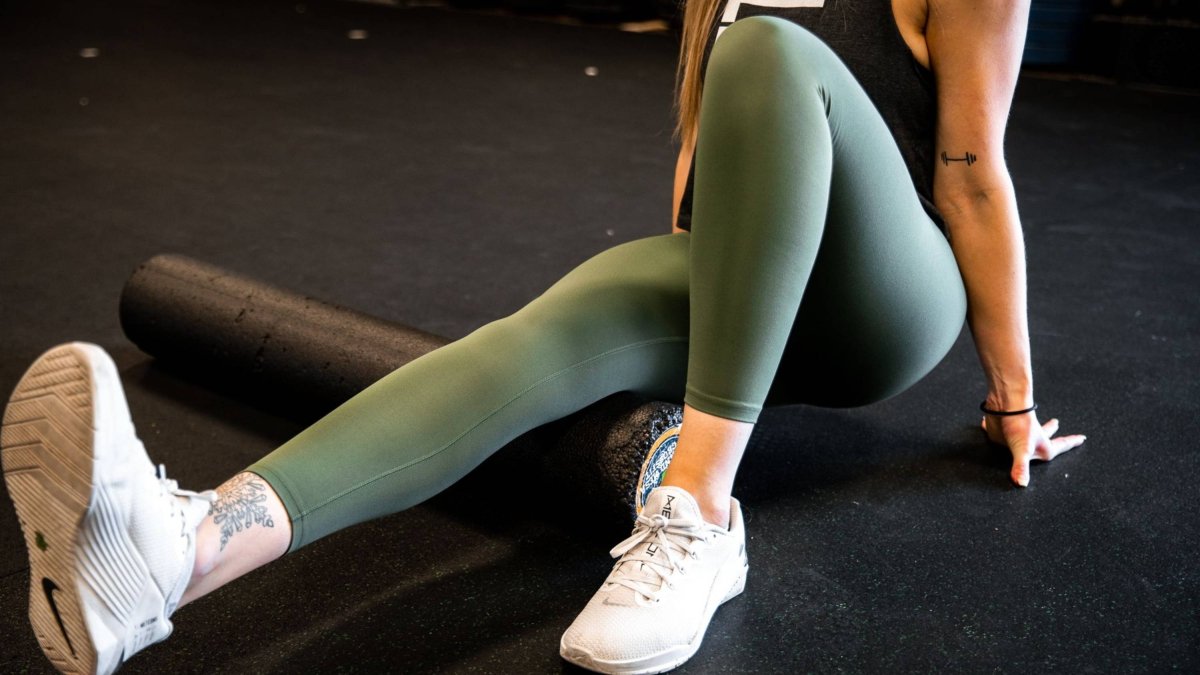
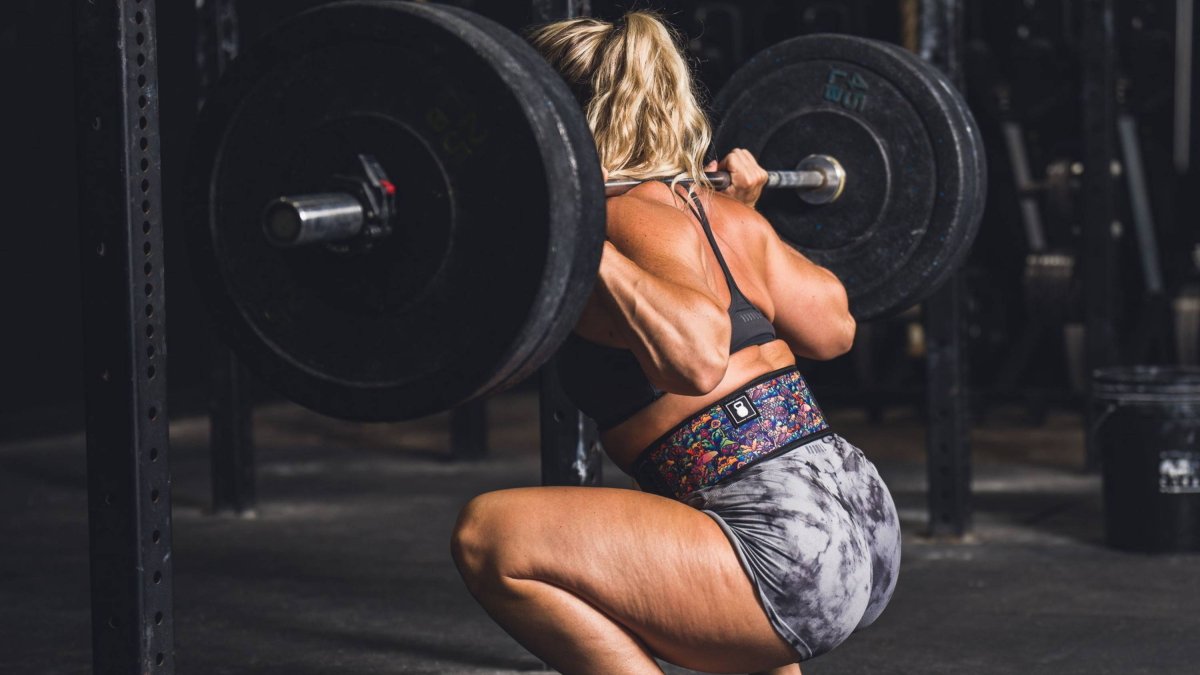
Leave a comment
All comments are moderated before being published.
This site is protected by hCaptcha and the hCaptcha Privacy Policy and Terms of Service apply.